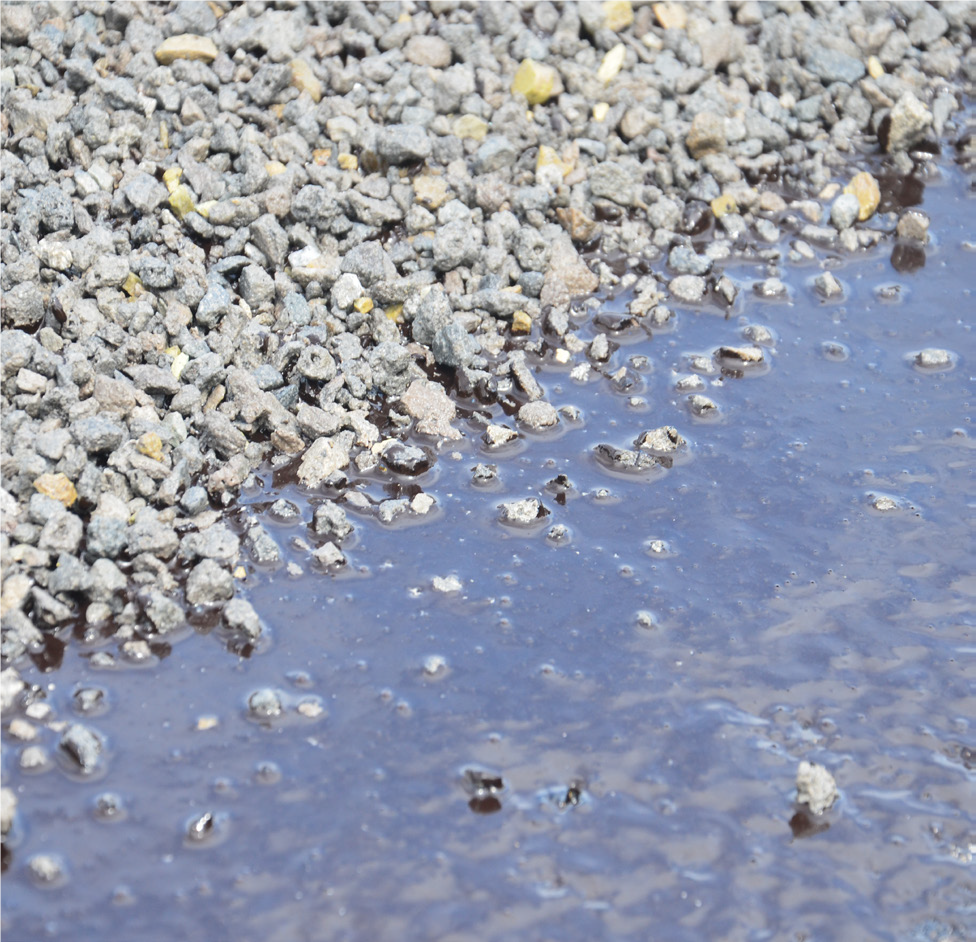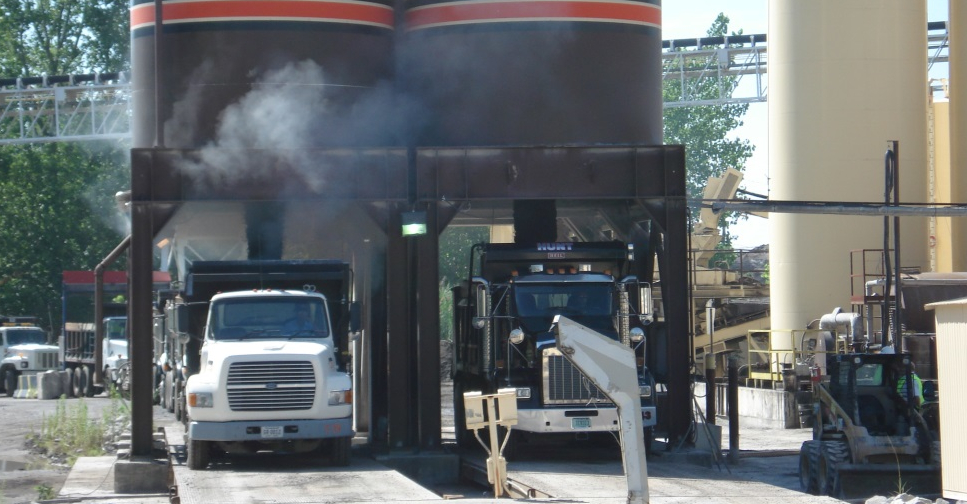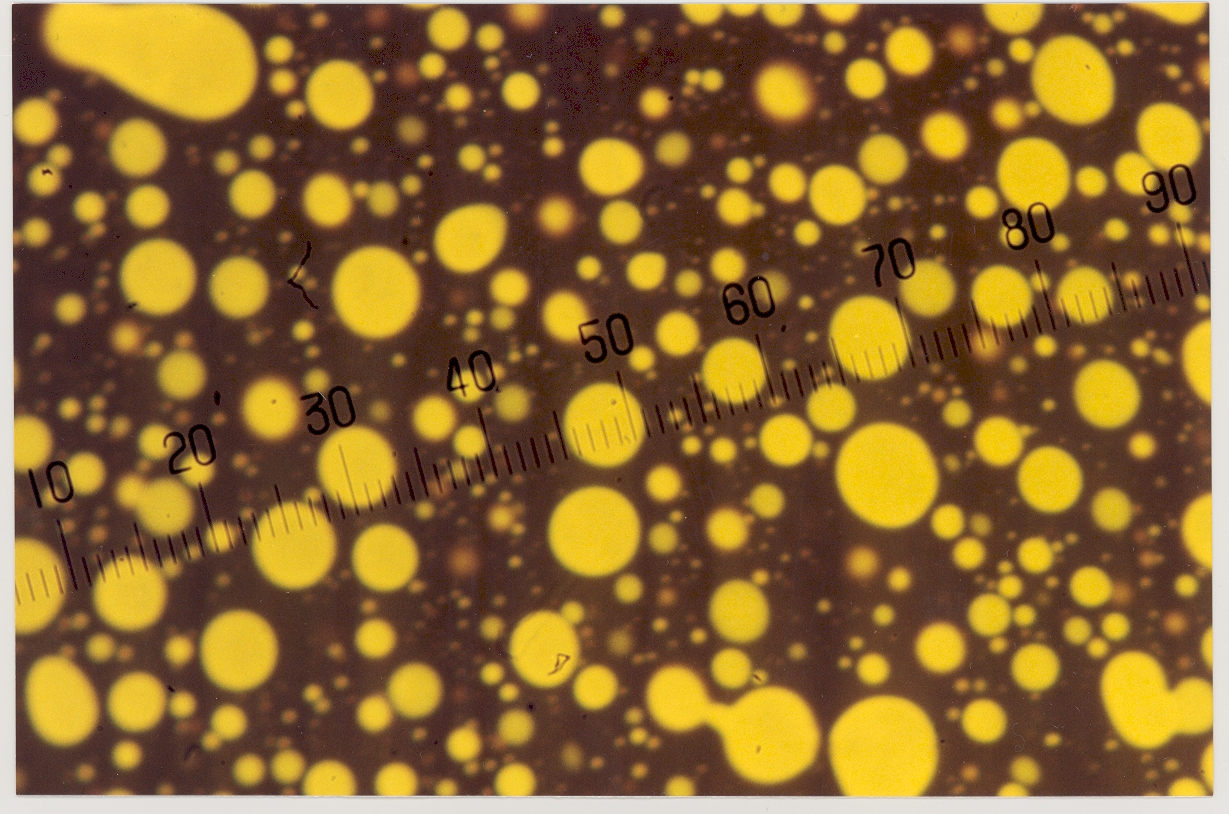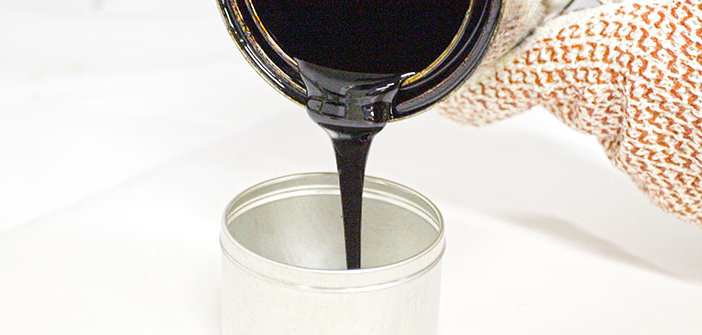Technical information
Please inform us if you would like to see one specific topic covered (info@roadmat.com) or would like to sponsor a case study (sponsorship options detailed in a specific user guide note https://www.roadmat.com/en/paper/14/view.html).

Use of adhesion promoters to extend the life of asphalt pavements in Vietnam
Moisture damage to asphalt pavements is a major issue since bitumen does not have a natural affinity to siliceous aggregates and most of the aggregates used for paving contain silica as a main component.
Case study
28 March 2023

Use of Asphaltan® product range to improve asphalt mixtures
This case study describes the impact of Asphaltan® Montan waxes supplied by Romonta on the properties of bituminous binders
Case study
05 January 2023

Successful chip seal application with Redicote® C-580 emulsion at Mt Pleasant, Michigan (USA)
This case study describes the use of a viscosity building, cost effective, liquid and easy to use Cationic Rapid Set (CRS) emulsifier (Redicote® C-580 by Nouryon) for a successful chip seal application.
Case study
23 December 2022

Install the RoadMat App
You want to install RoadMat as an App? Here is a short tutorial to keep using RoadMat on your smartphone or tablet.
User guide
21 November 2022

Successful cold recycling project with Redicote® E-7100 emulsion at Glen Elder, Kansas (USA)
This case study describes the use of an optimized emulsifier for cold in-place recycling (Redicote® E-7100 by Nouryon).
Case study
25 September 2022

Warm mixes: How to lower the manufacturing temperature of asphalt mixtures?
You want to know how to lower the manufacturing temperature of asphalt mixtures? This note explains how warm mixes are obtained and the various technologies currently available.
Technical note
21 February 2021

Can an old aged bitumen become like new again? Or why use rejuvenators...
You want to know how rejuvenators, also called Recycling Agents, can modify old asphalt binders? This note explains why bitumen ages and how to rejuvenate it with the right product.
Technical note
24 February 2020

How to choose an emulsifier?
You want to know the way emulsifiers work in bituminous emulsions? This note describes the main products and their impact on the emulsion.
Technical note
11 October 2019

Principles of bitumen polymer modification
You want to know how polymer modification of asphalt binders works? This note presents the main products and their effect on the structure of the binder.
Technical note
23 June 2019

Asphalt binder specifications: Performance vs penetration grades
You want to know how asphalt binder specifications for paving applications are made? This note describes the set of properties used in European and US (PG Grading) specifications.
Technical note
10 May 2019
